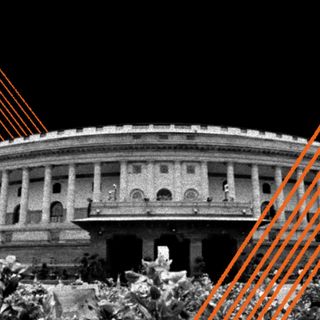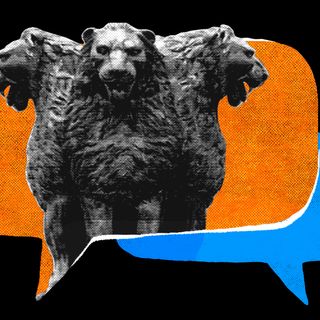The Union culture minister G Kishan Reddy on Monday informed the Lok Sabha that the Archeological Survey of India, under the aegis of the Ministry of Culture, conducted a DNA study of 75 tribal communities in India. These included “the Jarawa, Nicobarese, Andh, Kathodi, Madia, Malpaharia, Munda, Bhoi Khasi, Nihal, Toto, Dirang Monpa, Paitei, Lepcha, and a host of others,” The New Indian Express (TNIE) reported earlier.
The stated objective of the study was to look at the migratory history of tribals in India and create a DNA database of Indian tribal populations, TNIE reported. It would also be used “To know the candidate gene association with various diseases,” Reddy noted.
The culture ministry later released a statement refuting the claim that its intention was to study the “racial purity” of our population. Some experts have also agreed — adding that the study would rather be a celebration of our genetic diversity.
Nevertheless, these are questions we should be paying close attention to, if only to ask more questions about the aims of the study. The issue of our national identity has been closely tied to notions of race, ethnicity, and geography to cement narratives about who is most authentically “Indian.” Recently, the discovery of artifacts believed to be 3,200 years old in Tamil Nadu added weight to evidence of the presence of a civilization older than the Indus Valley Civilization in India.
In response to the move, some experts expressed concerns about what the findings could do. “Its outcome will not just deny the adivasis their cultural space and deny science its legitimacy but also accord legitimacy to the social disharmony between the so-called ‘pure’ and ‘impure’ citizens,” G.N. Devy, the chair of The People’s Linguistic Survey of India, noted in The Telegraph.
Related on The Swaddle:
Evidence of a 3,200‑Year‑Old Tamil Nadu Civilization Counters Nationalism Myths
Beyond fuelling ideas of nationalism, the creation of such a database as the minister suggested could also stoke eugenicist policies around population control — something that will not only undermine the reproductive rights of people in India but also become a means of indirectly engaging in ethnic cleansing. This has precedent: the government’s efforts towards population control have inadvertently had eugenicist roots, often targeting poor and marginalized communities.
“The officials lured and misguided protected tribals with dwindling population into sterilization with [a] monetary gain of Rs 1,100 as an incentive. Two of these tribes, Gonds and Korkus, are designated ‘primitive,’ whose numbers have dwindled by 11% were not spared,” notes a fact-finding report by the Human Rights Law Network. “It should also be noted that the women who were selected were
not selected at random. The very basis of the Indian society which is defined by discrimination at all levels can also be seen in the women who were forced to go through this procedure, only to be added to the numbers of this target-driven program,” the report adds.
Further, recent reports have noted how mass-sterilization programs have included predominantly Dalit, OBC, and Adivasi women under their ambit, with hazardous health complications arising as a result. The DNA study may not have a direct link to this, but the implications of focusing exclusively on tribal communities harken back to the aforementioned instances of state control that specifically looked at marginalized populations.
The ideas about nationalism, origins of populations, and birth control all coalesce into an ideology that is questionable at best, and dangerous at worst. “Powerful stakeholders regulate male and female populations differently in pursuit of a curated citizenry with particular numeric and genetic composition… much of mainstream Indian nationalism rallied around the idea of ‘Hindu India’ with a martial, Aryan past as a means of cohering a diverse group of peoples,” notes Kristin N. Francoeur for Tarshi.
Researcher Tony Joseph, whose book Early Indians unpacks myths about our origins, clearly outlines how all of us can be traced back to one of four major migrations, adding that “almost all population groups of India carry 50-65% of their ancestry from the First Indians, no matter where in the caste hierarchy they stand, what language they speak, which region they inhabit or what religion they belong to.” The government’s focus being solely on tribal populations, then, deserves greater scrutiny for the stories it tells about us.




